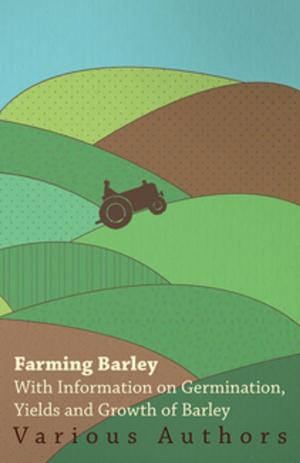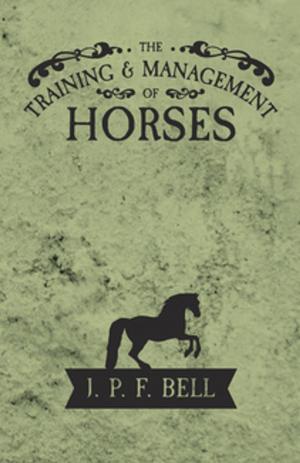| Author: | Anon. | ISBN: | 9781473380141 |
| Publisher: | Read Books Ltd. | Publication: | April 16, 2013 |
| Imprint: | Jennings Press | Language: | English |
| Author: | Anon. |
| ISBN: | 9781473380141 |
| Publisher: | Read Books Ltd. |
| Publication: | April 16, 2013 |
| Imprint: | Jennings Press |
| Language: | English |
Fencing, now a modern sport increasingly practised throughout the world, is an art of the greatest antiquity with centuries of tradition behind it. Swordsmanship has been studied from the dawn of history but so long as man continued to go to war encased in armour, weapons remained heavy and clumsy and there was little skill in their use. In the early fifteenth century, however, the invention of gunpowder led to the disuse of armour and a sudden transformation of weapons to forms better adapted to quick, neat fighting—the art of fencing began to emerge. The guilds of fencing masters then established throughout Europe to study the art of swordsmanship, developed rapier fencing with sword and dagger which held sway until the adoption of the light court sword at the court of Louis XVI of France in the seventeenth century. The light sword enabled all attacking and defensive movements to be made with one weapon wielded with one hand only—swift and dextrous swordplay as we know it today became a reality. Swordsmanship has been practised in Britain for many centuries. The first governing body for fencing was founded by Henry VIII as a Corporation of Fencing Masters before 1540. Fencing with foil, épée and sabre is the ideal sport for those who wish to take intensive exercise without excessive cost, without requiring large premises or special apparatus and without the necessity to have a large number of persons in order to enjoy the game. There is no premium on mere strength and foil fencing is therefore equally suitable for women as for men. It develops and relaxes the mind equally with all parts of the body. This book provides a wealth of information on the dress, weapons, moves and rules involved in the intriguing sport of fencing.
Fencing, now a modern sport increasingly practised throughout the world, is an art of the greatest antiquity with centuries of tradition behind it. Swordsmanship has been studied from the dawn of history but so long as man continued to go to war encased in armour, weapons remained heavy and clumsy and there was little skill in their use. In the early fifteenth century, however, the invention of gunpowder led to the disuse of armour and a sudden transformation of weapons to forms better adapted to quick, neat fighting—the art of fencing began to emerge. The guilds of fencing masters then established throughout Europe to study the art of swordsmanship, developed rapier fencing with sword and dagger which held sway until the adoption of the light court sword at the court of Louis XVI of France in the seventeenth century. The light sword enabled all attacking and defensive movements to be made with one weapon wielded with one hand only—swift and dextrous swordplay as we know it today became a reality. Swordsmanship has been practised in Britain for many centuries. The first governing body for fencing was founded by Henry VIII as a Corporation of Fencing Masters before 1540. Fencing with foil, épée and sabre is the ideal sport for those who wish to take intensive exercise without excessive cost, without requiring large premises or special apparatus and without the necessity to have a large number of persons in order to enjoy the game. There is no premium on mere strength and foil fencing is therefore equally suitable for women as for men. It develops and relaxes the mind equally with all parts of the body. This book provides a wealth of information on the dress, weapons, moves and rules involved in the intriguing sport of fencing.















